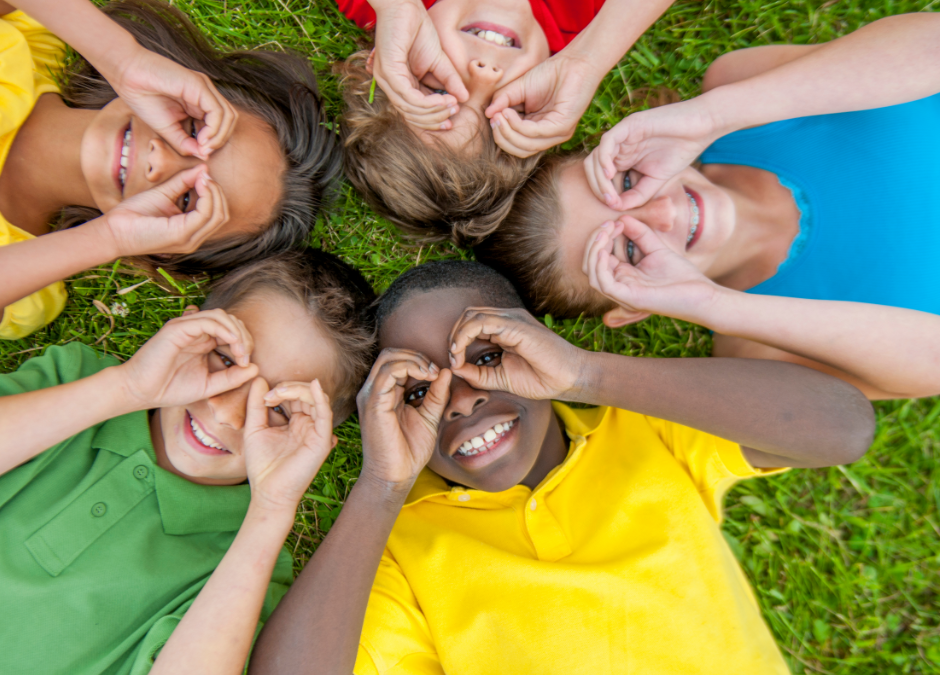Myopia, more commonly known as nearsightedness, is a vision problem that tends to begin in children between the ages of 6 & 17. In myopia, the eye is longer than it should be, which leads to blurry distance vision. The earlier in age we can catch it, through an annual comprehensive eye exam (hint, hint!) the better, as proper intervention can drastically slow the progression. Intervention for myopia can occur in a number of ways, from wearing glasses, using specialty eye drops or even daily disposable contacts that are made specifically for slowing myopia in children.
Did you know that simply playing outside in natural light can also slow the progression of myopia? Yes, it’s true! The notion of outdoor light exposure helping slow the progression of myopia has been around since the 18th century. However, with the prevalence of technology in our lives today, a lot of children are spending less and less time outdoors. There is a direct correlation between increased screen time and nearsightedness. Hence the importance of getting kids outside!
While any outdoor activity is better than none, it is recommended that children spend at least two hours a day outdoors, and the best activities are ones that require the use of distance vision. Here are some ideas:
- Play a game of “I Spy”
- Throw a football or baseball around the backyard
- Play a game of Frisbee
- Fly a kite
- Go for a bike ride and make a game of searching for things in the distance
We fully understand the importance of technology in our lives today, and we get that there is no escaping it. Children are in front of a screen at school almost all day, and then spend more time on gaming systems and computers/phones at home. This being said, outdoor activity is more important than ever- and not just for eye health. It has been shown that spending time outdoors can help regulate circadian rhythms (better sleep), improve anxiety and depression symptoms, improve focus, and more!
The weather during this time of year can be challenging, it gets cold, there isn’t much sunlight, but- make sure to make time to still go outside! Yes, even if it is not very sunny out, the natural light is still beneficial. Your eyes and bodies will thank you!
Ultimately, we want to do everything we can to slow myopia progression in children. The end goal is to 1) Reduce the risk of eye health issues (i.e. glaucoma, retinal detachment, etc.) that can come with increased nearsightedness and 2) Keep patients in the prescription ranges to be candidates for Lasik or other refractive surgery options in the future.
Check out these resources that we love for getting kids outside more:
- 1000 Hours Outside (a fun program with amazing charts for tracking progress through the year)
- Get Outdoors Kansas (this website posts free activities all over the state of KS to get kids outdoors!)
- Johnson County Parks & Recreation (our county has AMAZING playgrounds and parks to explore with the whole family.)
Contact us if you would like to schedule a pediatric eye exam and discuss the best options for your child. In the meantime, go spend some time outside!

